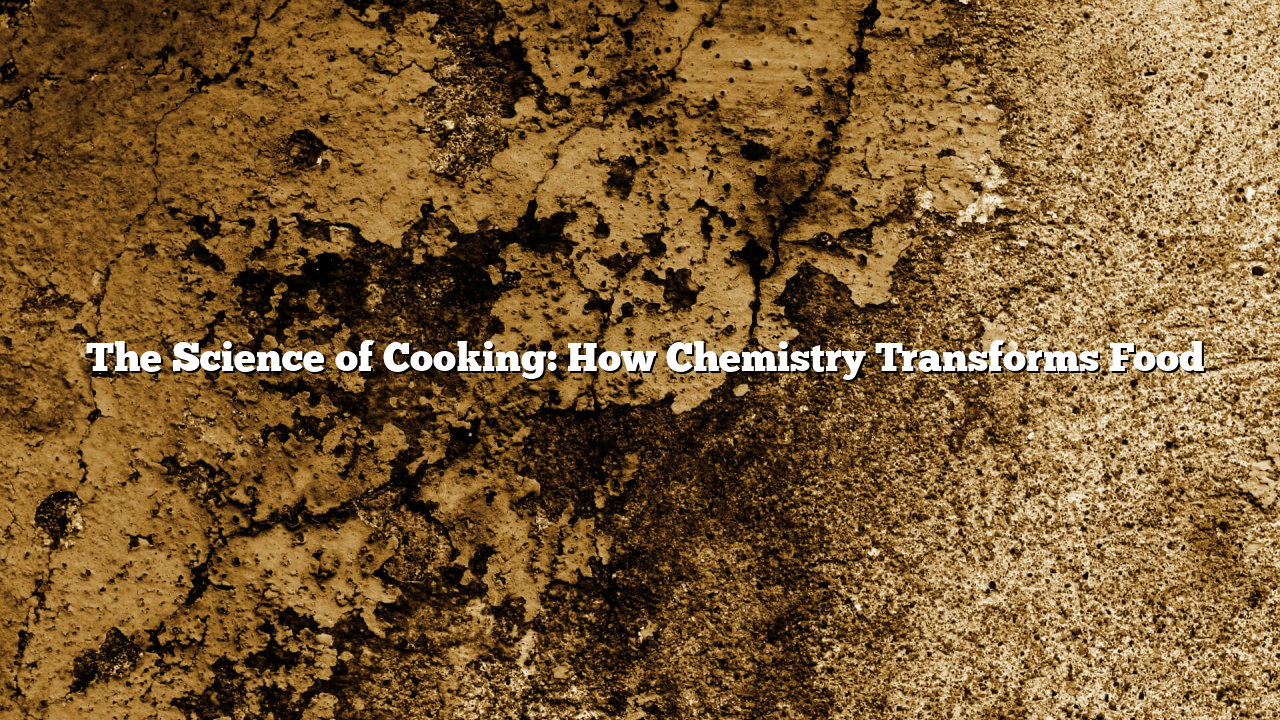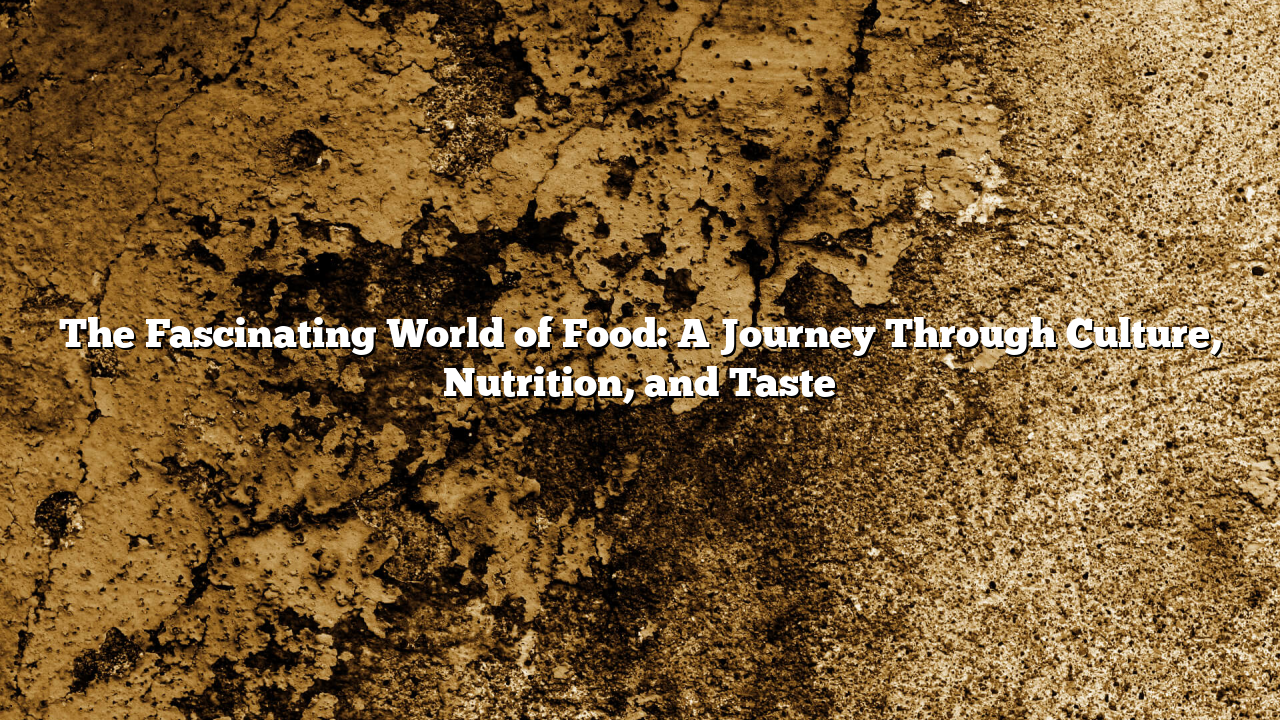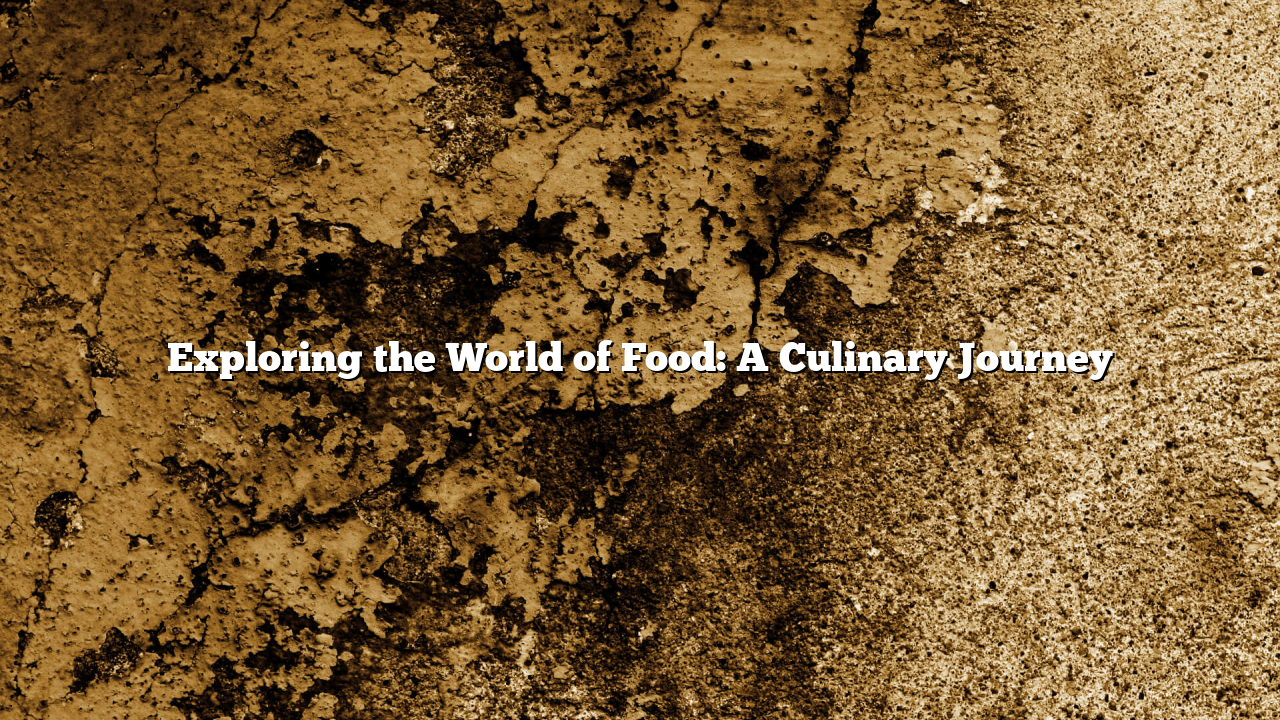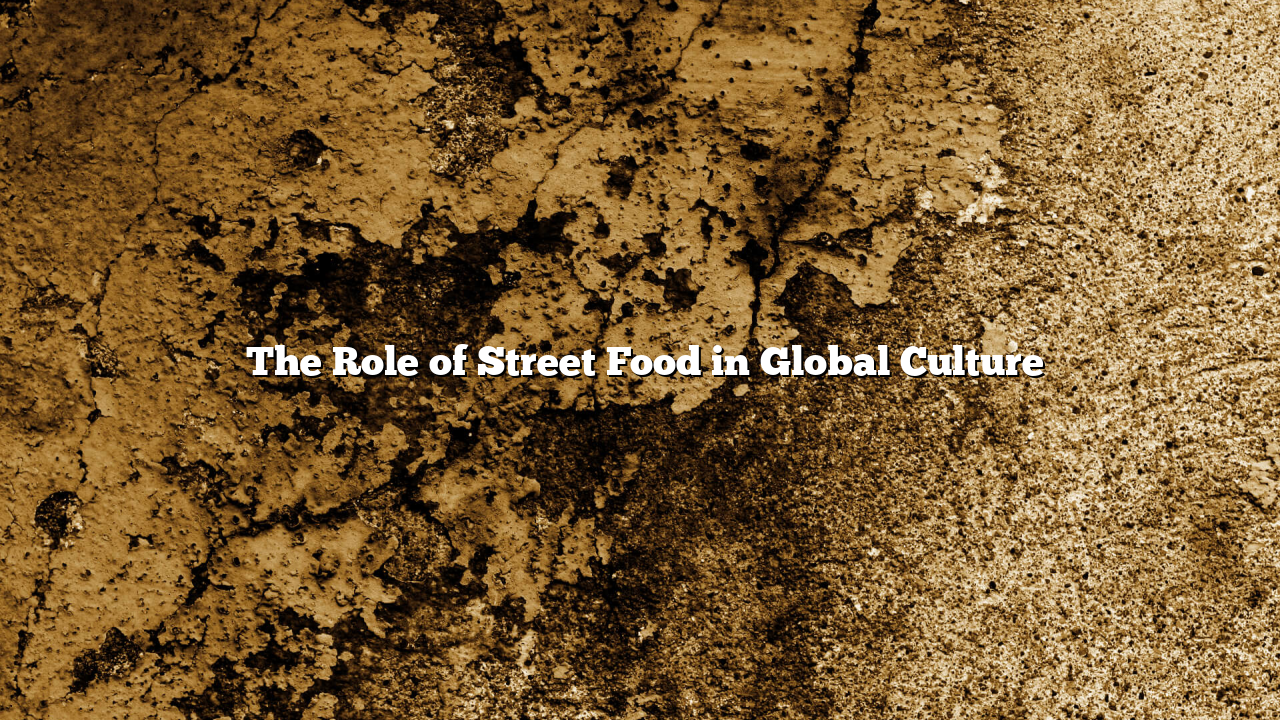Cooking is more than just mixing ingredients—it’s a science. Every time you cook, you are using chemistry, physics, and biology to transform raw ingredients into delicious meals. Whether it’s baking bread, frying an egg, or caramelizing sugar, chemical reactions play a crucial role in the taste, texture, and appearance of food.
In this article, we will explore the science behind cooking, the key chemical reactions that occur in the kitchen, and how understanding food science can make you a better cook.
1. Heat and Cooking: How Temperature Changes Food
Heat is one of the most important factors in cooking. Different temperatures cause food to change in texture, color, and flavor. The main types of heat transfer in cooking are:
1. Conduction 🔥
● Heat moves directly from one object to another, such as when a steak cooks on a hot pan.
2. Convection 🌬️
● Heat circulates around food, like in an oven or boiling water.
3. Radiation ☀️
● Heat transfers through waves, such as when food is grilled or microwaved.
Each type of heat transfer affects food differently, helping to achieve specific textures and flavors.
2. The Maillard Reaction: The Secret to Golden-Brown Food
The Maillard reaction is one of the most important chemical reactions in cooking. It happens when proteins and sugars in food react under heat, creating new flavors, aromas, and a golden-brown color.
Where Do You See the Maillard Reaction?
● Grilled meat 🍖 – The crust on a steak.
● Toasted bread 🍞 – The crispy, brown surface of toast.
● Roasted coffee ☕ – The deep, complex flavors of coffee beans.
This reaction is why fried, roasted, and grilled foods taste so good. Understanding how it works can help you control browning and flavor development in your cooking.
3. Caramelization: The Sweet Side of Cooking
Caramelization is another key reaction in cooking. It happens when sugars break down under heat, creating new flavors and colors. This process produces sweet, nutty, and slightly bitter notes, making it essential for desserts and certain savory dishes.
Where Does Caramelization Happen?
● Caramelized onions 🧅 – Slowly cooking onions releases their natural sugars.
● Baked goods 🍪 – Cookies and cakes get their golden-brown tops from caramelization.
● Roasted vegetables 🥕 – The sweetness in roasted carrots or sweet potatoes.
4. Proteins and Cooking: How Heat Changes Meat and Eggs
Proteins are long chains of amino acids that change when exposed to heat. This process is called denaturation, which means the protein structure unravels and reforms, changing the texture of food.
Examples of Protein Denaturation:
● Eggs 🍳 – A runny egg turns solid when cooked.
● Meat 🥩 – Raw meat becomes firm and opaque as proteins tighten.
● Cheese 🧀 – Melting cheese stretches proteins, creating gooey textures.
The way proteins react to heat determines whether food is tender, chewy, or firm.
5. Fats and Cooking: Why Butter and Oil Matter
Fats are important for texture, flavor, and cooking efficiency. Different fats have different smoke points, which is the temperature where they start to burn and produce smoke.
Types of Cooking Fats:
● Butter 🧈 – Low smoke point, great for sautéing and baking.
● Olive oil 🫒 – Medium smoke point, perfect for roasting and salad dressings.
● Vegetable oil 🌻 – High smoke point, ideal for frying.
Using the right fat at the right temperature prevents burning and improves the taste of food.
6. Acidity and Alkalinity: How pH Affects Cooking
The pH level (acidity or alkalinity) of ingredients affects taste, texture, and food preservation.
Acidic Ingredients (pH < 7) 🍋
● Vinegar, lemon juice, and yogurt make foods tangy and tender.
● Acidic marinades break down proteins, making meat softer.
Alkaline Ingredients (pH > 7) 🥄
● Baking soda helps baked goods rise by producing gas bubbles.
● Some noodles, like ramen, use alkaline water for a chewy texture.
Balancing pH in cooking enhances flavors and creates the perfect texture in food.
7. Emulsions: How to Mix Oil and Water
Normally, oil and water don’t mix. But in cooking, we can create emulsions, where small droplets of fat are suspended in water to form smooth sauces.
Common Culinary Emulsions:
● Mayonnaise 🍶 – Oil is mixed with egg yolk and lemon juice.
● Salad dressings 🥗 – Vinaigrettes blend oil and vinegar.
● Hollandaise sauce 🍳 – Butter is emulsified with egg yolks and lemon juice.
Understanding emulsions helps you make creamy, stable sauces without them separating.
8. The Role of Fermentation in Food
Fermentation is a natural process where microorganisms break down sugars, creating unique flavors and preserving food.
Examples of Fermented Foods:
● Yogurt 🥛 – Bacteria turn milk into a tangy, thick product.
● Cheese 🧀 – Mold and bacteria help age and flavor cheese.
● Kimchi and Sauerkraut 🥬 – Fermented vegetables develop deep flavors.
● Sourdough Bread 🍞 – Natural yeast gives bread its chewy texture.
Fermentation not only enhances flavor but also improves digestion and adds probiotics for gut health.
9. Why Understanding Food Science Makes You a Better Cook
Cooking isn’t just about following recipes—it’s about understanding why food reacts the way it does. Knowing the science behind cooking helps you:
✅ Improve Your Cooking Skills
● Cook steaks perfectly by understanding how proteins change.
● Avoid burning oils by choosing the right fat for frying.
✅ Fix Kitchen Mistakes
● If a sauce separates, fix it with emulsification techniques.
● If wsoslot88 is too tough, use an acidic marinade to tenderize it.
✅ Experiment with Flavors
● Learn to balance sweetness and acidity in dishes.
● Try different cooking techniques to enhance flavors.
Conclusion: Cooking Is a Delicious Science
Cooking is an art, but it’s also a science. From browning meat to fermenting bread, every cooking process is a chemical reaction that transforms food. By understanding the science behind cooking, you can improve your techniques, create better flavors, and experiment confidently in the kitchen.
Next time you cook, think about the chemical magic happening in your pan—and enjoy the delicious results!
The Science of Cooking: How Chemistry Transforms Food











Leave a Reply